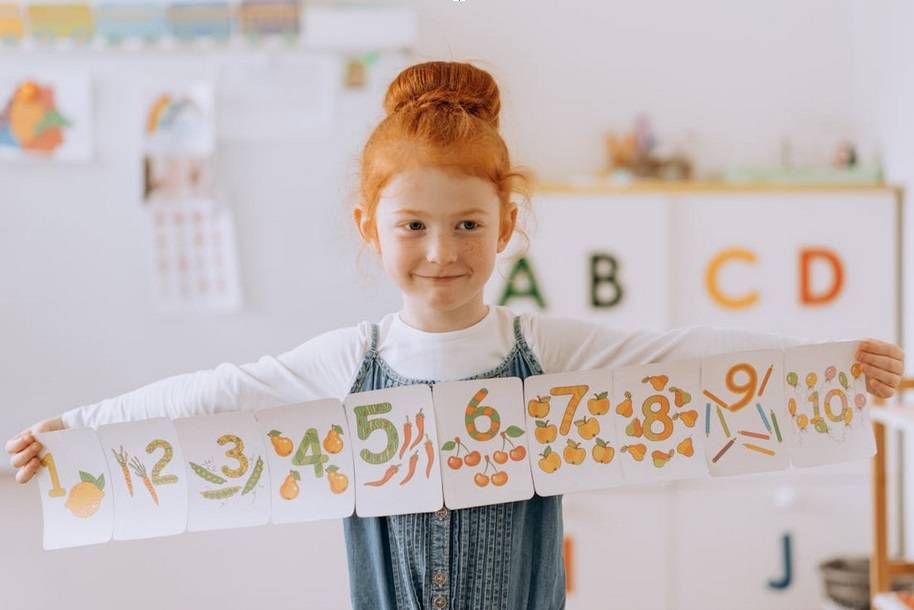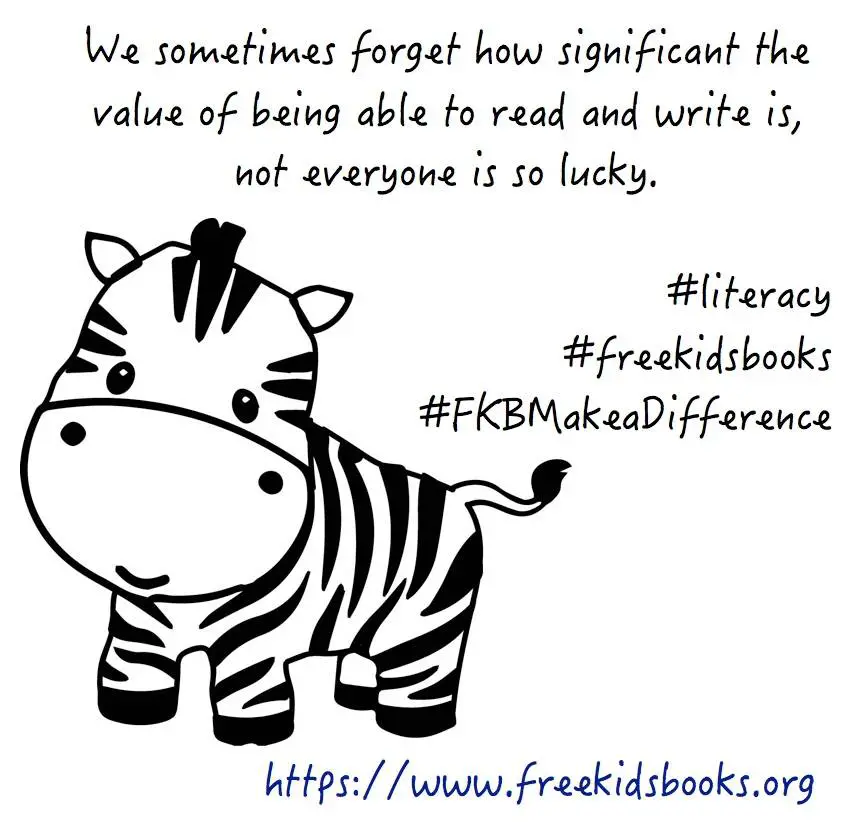
Math can be really intimidating, but for a kid who is also learning English, it can be a double task requiring decoding both words and numbers. Understanding mathematical ideas starts with vocabulary. That is, words like equals, sum, greater than, or variable have meanings that link interpretation very closely to logical problem-solving. Success in math for ESL students depends on how thoroughly they have understood these words in context. Here are a few concrete actions ESL youngsters might take to lay the groundwork for a solid mathematical vocabulary.
Use Bilingual Read-Alouds
Reading simple math-related tales or bilingual books in both English and the child’s home language helps them to establish connections between what they already know and what they are learning. An appropriate introduction to the term divide is a narrative about sharing and partitioning apples, therefore connecting it to an already known idea.
One suggested benefit of bilingual read-alouds is for teachers to stop intermittently during reading to point out new terms, gesture to what they mean, or have the students, in turn, say the words. When the word is provided for all the senses to experience at once, they are more likely to remember and produce proper phrasing later.
Utilize Visuals and Gestures
The assimilation of vocabulary is enhanced by the means of the image or action. The word, extrapolated, can be embodied in an enlarged arrow (>), with one hand raised distinctly higher than the other hand. Likewise, the equals sign can be taught by showing a balance with two hands held at equal heights.
Charts, pictures, or flashcards may reinforce these words in their memory, while the teacher’s gestures create lasting physical cues. For students, the simultaneous mental activity further reinforces concepts, binding the word with images. A student, upon seeing the equation “=,” will immediately remember the time the symbol was demonstrated through “balance,” thus clearing up any misconceptions without requiring a long explanation.
Connecting Vocabulary with Practice
The new math words are to be practiced once they are taught. For instance, when they master the concept of equality or variables, provide them with an equation to solve on a free algebra calculator. The process will allow the student to focus on applying the word equals or the word variable, so a practical example is demonstrated along with vocabulary, which can reinforce meaning perception within the kids.
Thus, language and experience meet in this activity, whereas students are not just memorizing a word. They are now putting words into action to solve absolute equations, boosting both math confidence and English understanding.
Sentence Frames for Practice
Many ESL students feel skittish using math terms in sentences. Sentence frames are set forth for them to fill in, which simplifies sentence construction. For example:
- “___ is greater than ___.”
- “The sum of ___ and ___ equals to ___.”
This style helps concentrate the minds of not-so-confident students specifically on a math word while enhancing their English grammar abilities. With repeated practice and thus increased confidence, students become able to explain the steps loudly and in writing. Problem-solving becomes synoptic for them and, given the necessary time, they not only solve problems but can also explain them together.
Make Free Teaching Books from Free Books
Find some free children’s books to extract math words from and put recordings of them into their own tiny glossary. It might feature, in a typical entry, the English word, an approximation of its translation by the student, a miniature drawing, and a simple problem.
These small glossaries could evolve over a period into being one’s own personal reference books. To the student, they will disambiguate terms like “variable” or “product.” It would help if teachers could also share classroom word walls containing common words.
Endnote
Teaching math words to ESL kids is way more than simply translating them. It is about building connections through stories, visuals, language frames, personal glossaries, and meaningful exercises. For ESL kids, these strategies help in comprehending words like greater than and variable while simultaneously working on the language to express their thoughts. With math words becoming readily available to them, ESL learners are opened up to the world of words and numbers and, with it, the confidence to not only perform but excel.











